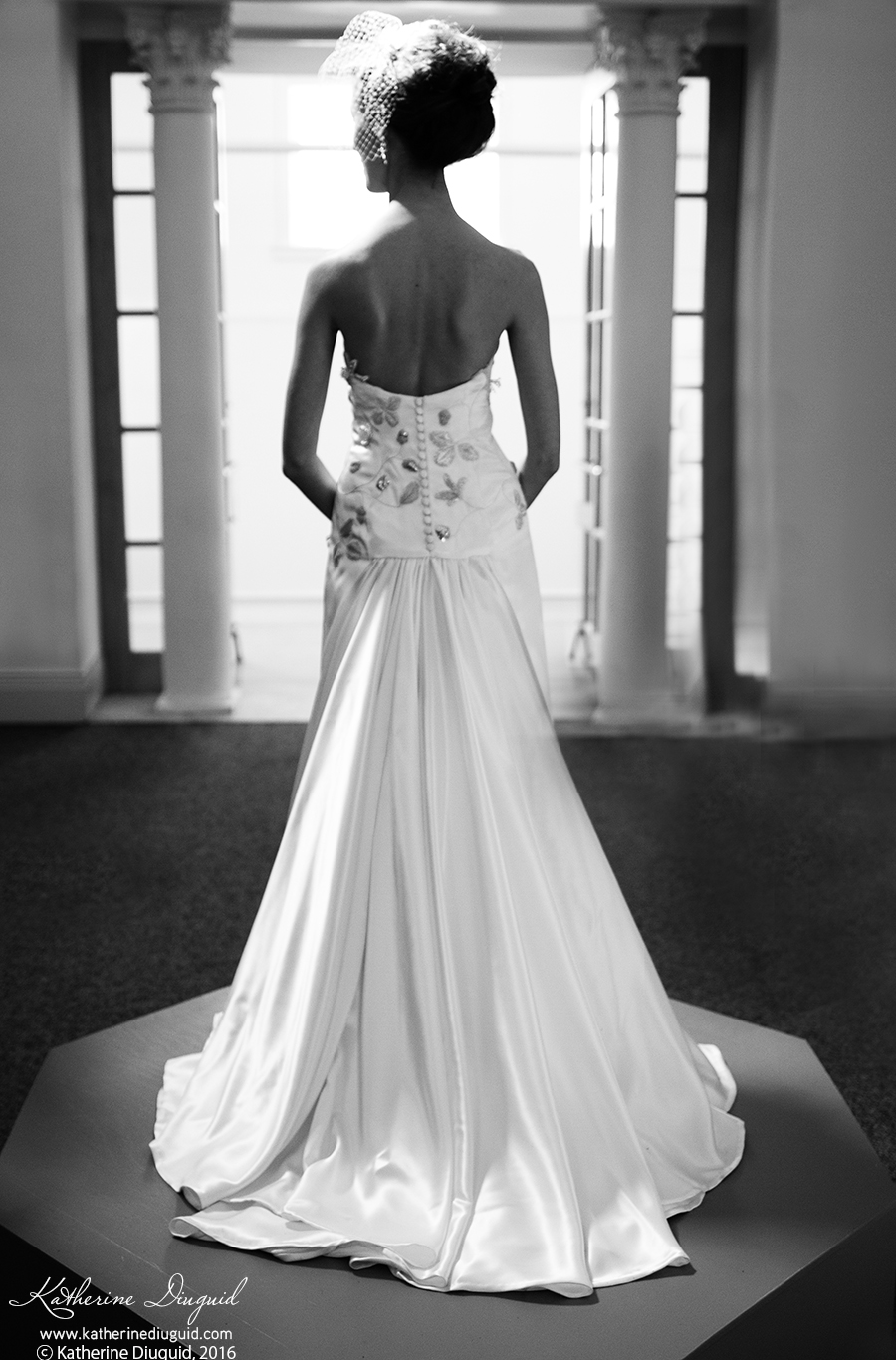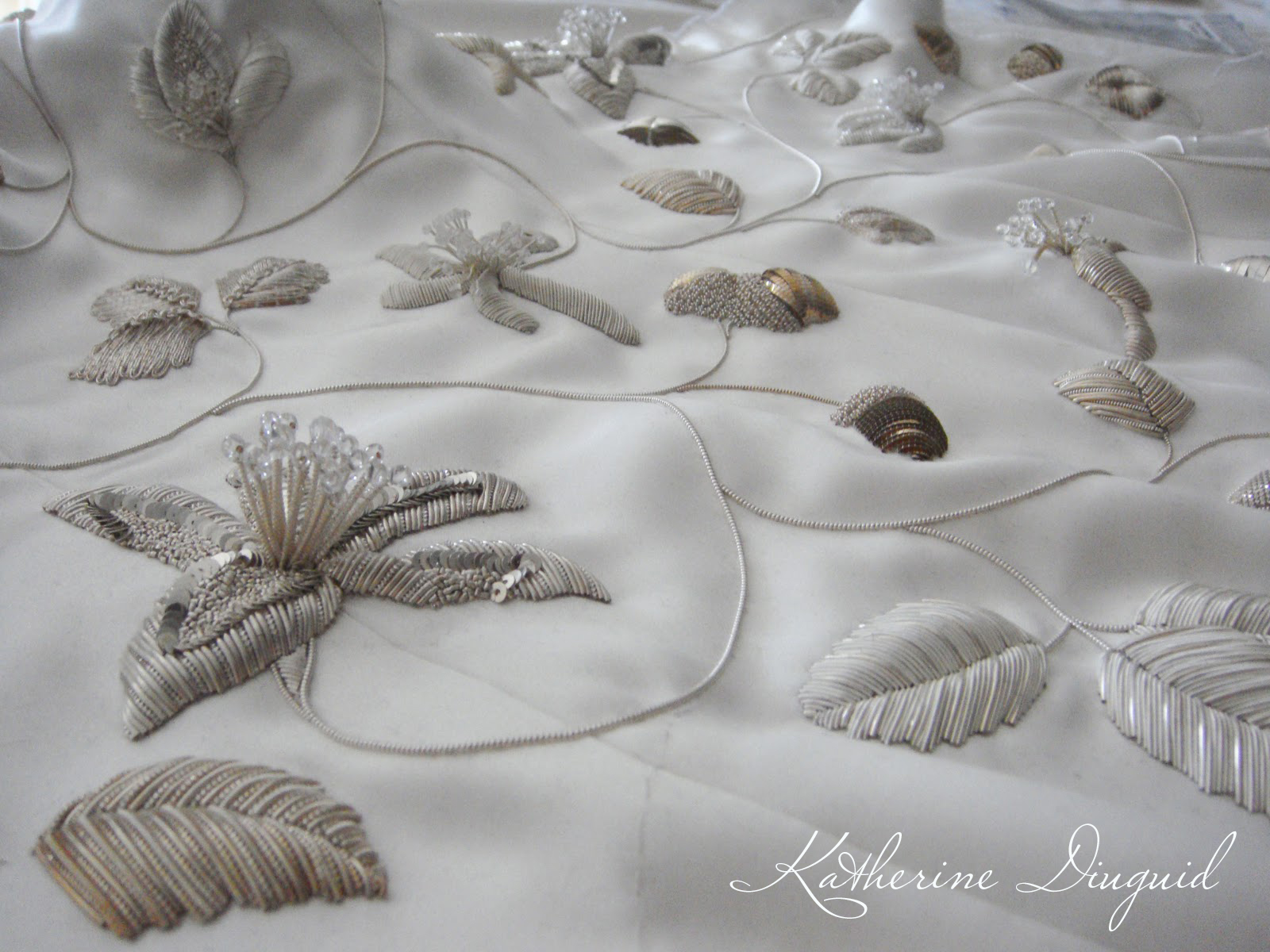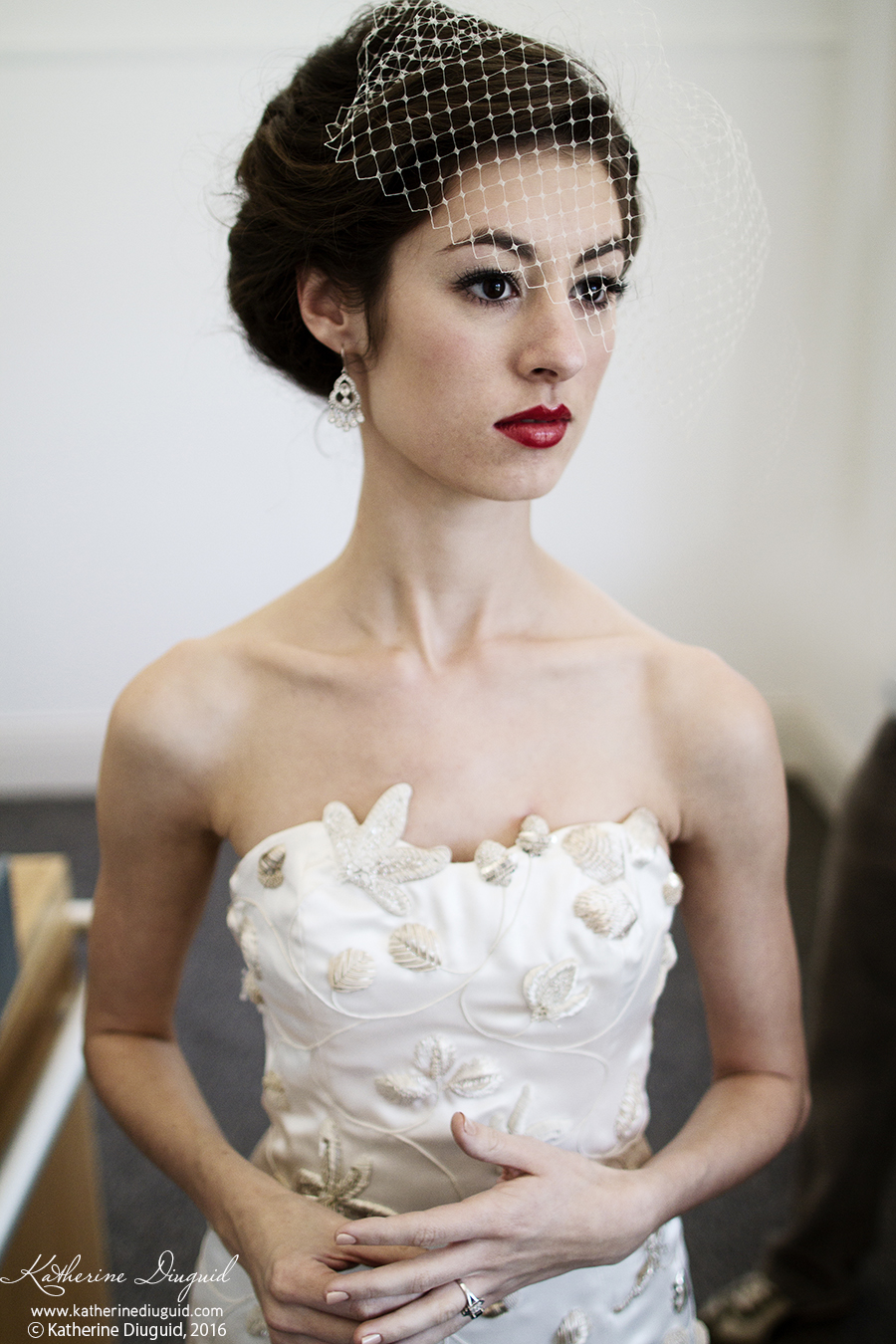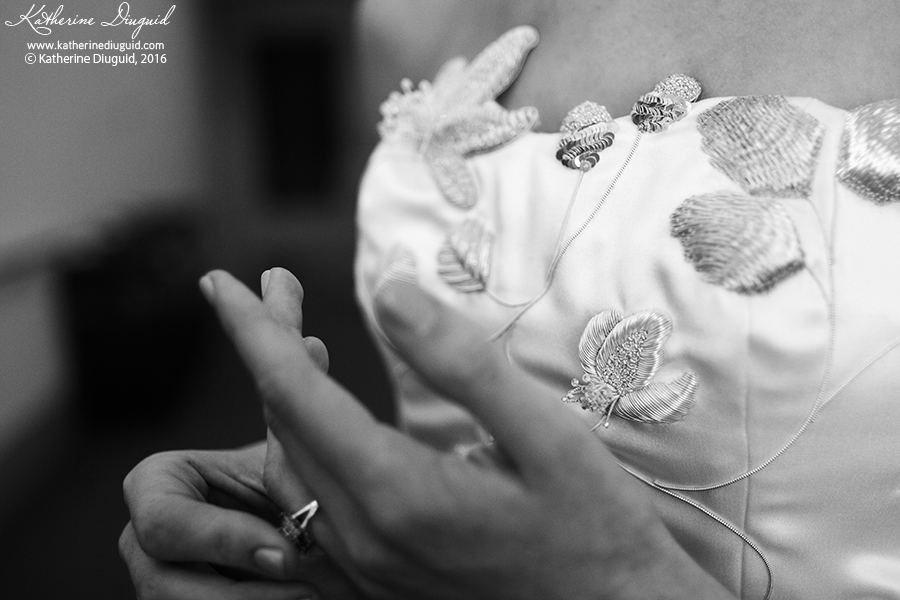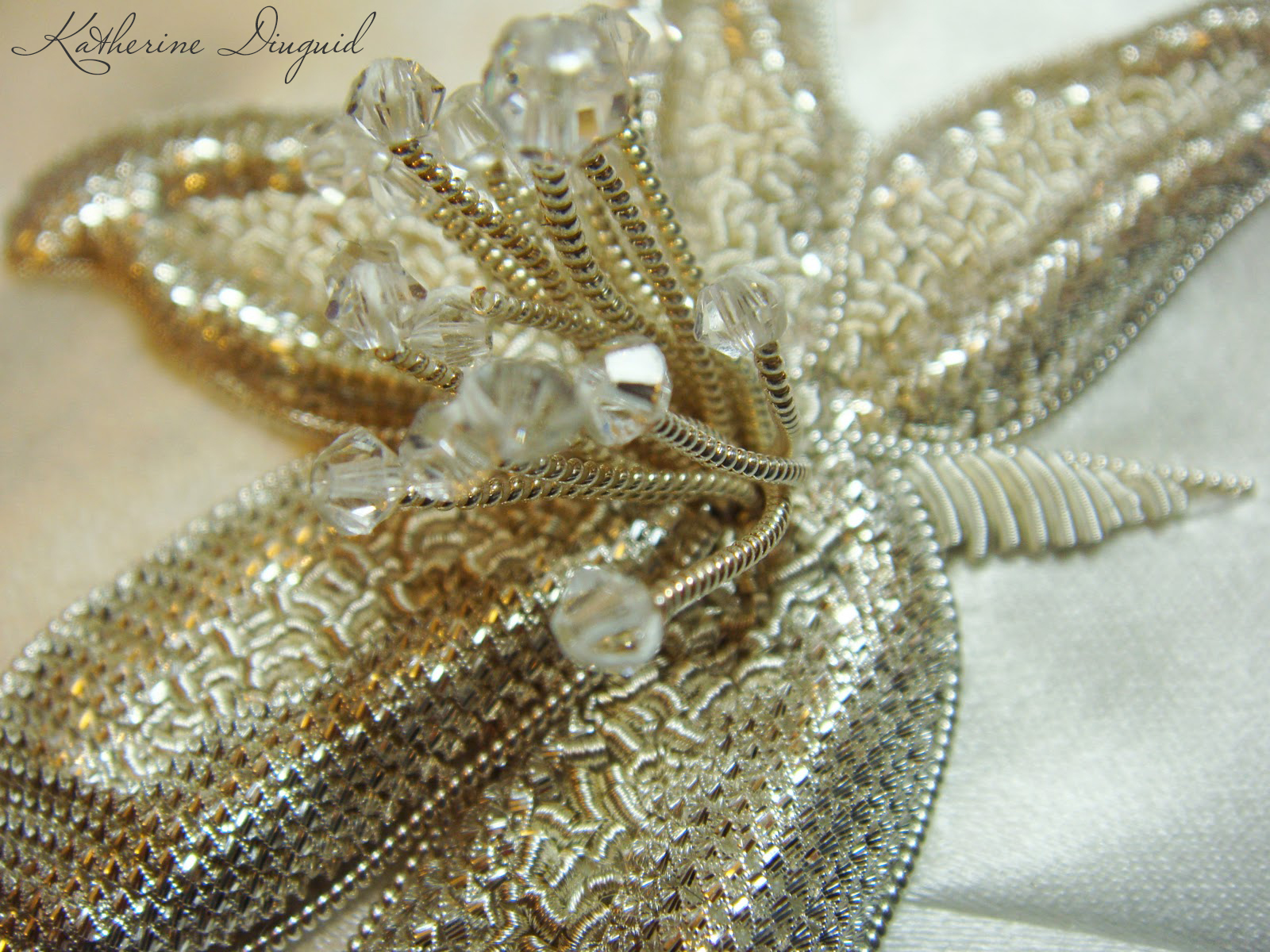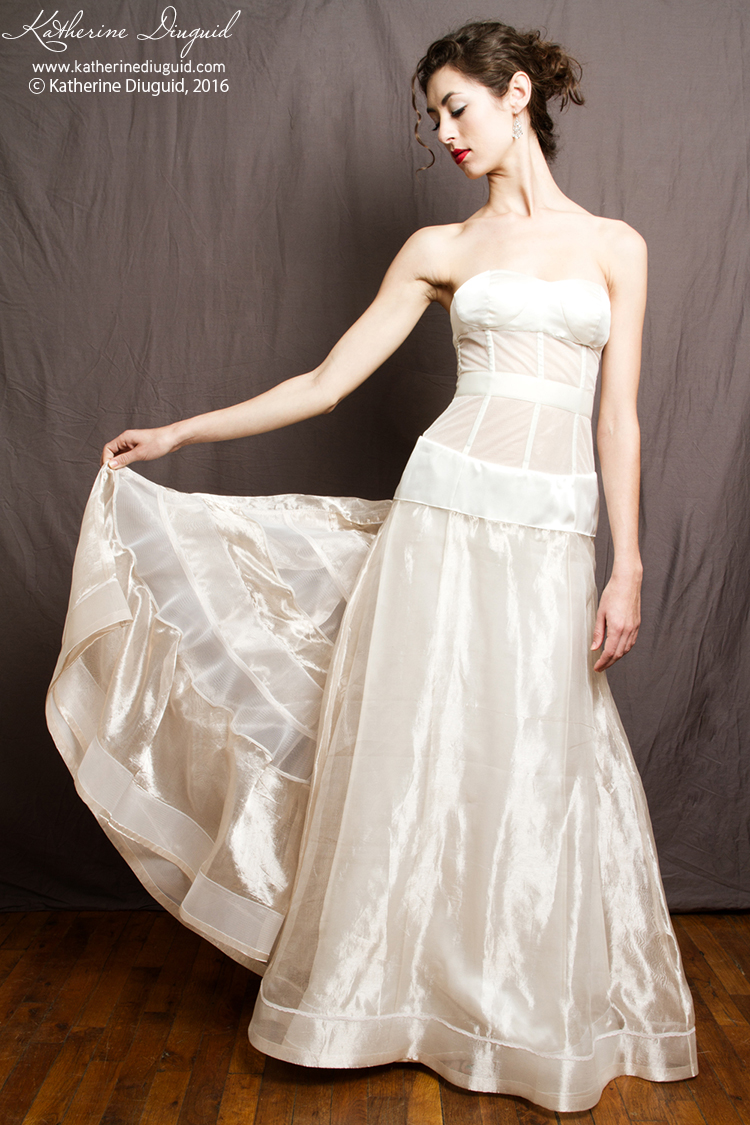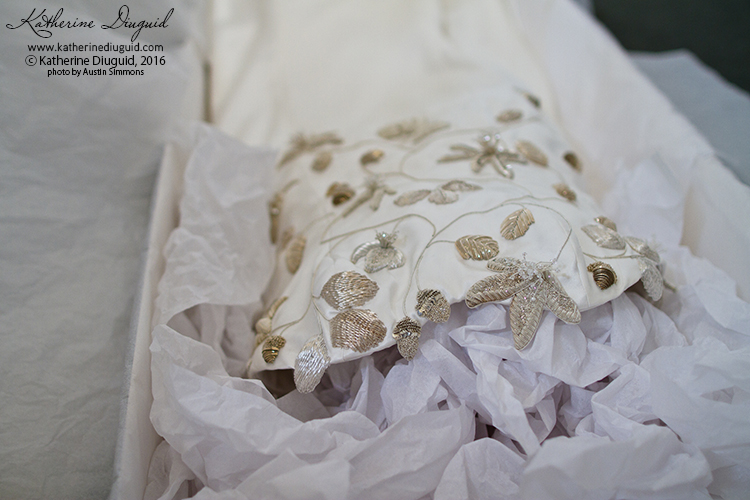Preface to Thesis Paper:
When trying to formulate the idea of this project, I discussed many different possibilities for the inspiration, but none of them seemed to be the right inspiration for right now. While talking to my friend, Precious, one night, she asked me, “Who would your dream client be living or dead, anyone from anytime?” “Consuelo Vanderbilt” was my answer before I even had time to think about what she had asked me. It was honestly automatic. I had always found her intriguing. Growing up in western North Carolina, my family visited the Biltmore Estate more times than I can count. For enjoyment, I read about Richard Morris Hunt and the building of Biltmore and the Vanderbilt family and their other mansions, especially the ones in Newport. My favorite had been Marble House, the summer cottage of Consuelo’s mother Alva. I knew that Consuelo had married the Duke of Marlborough and was extraordinarily beautiful. In all the history of wedding gown books I had read, they portrayed her life as an endless fairytale and stop at the doorway of St. Thomas Church once she had said her vows and became Duchess. As I read her memoirs and biographies, I quickly realized that her story was much more interesting—secret love, domineering mother who forced the coronet on her head, unhappy marriage, women’s suffrage activist, divorce, and then happily married to a man that had told his mother he was going to marry Consuelo after seeing her at her first ball in Paris in 1894 (27 years before they finally married)! Her story is definitely not a boring one. It is in the end a sort of fairytale.
Consuelo’s story allowed me the opportunity to tie many of my major influences together—Gilded Age American, Victorian and Edwardian England, la belle époque France, Charles Worth and early haute couture, Arts and Crafts, William Morris, Art Nouveau, Jeanne Lanvin, British embroidery, and wedding fashion. I have always been intrigued by the concept of traditional dress in wedding ceremonies. As my friends have gotten married and as I have studied wedding fashion, I have found that there are basically two types of brides. The first bride exudes her personality on her wedding day. The second bride is completely lost in a cloud of white that someone else has bestowed upon her. For this project, I wanted to challenge myself to create a gown that was very “steeped” in tradition but was a modern interpretation—a modern version of her story told with a traditional vocabulary of motifs, materials and techniques.
Images from Consuelo: Glitter of a Dollar Duchess
Project Objective:
6 November 1895: Twenty minutes passed as the guests waited wondering if the bride was going to appear. All of New York society had gathered to see William K. Vanderbilt’s daughter, Consuelo, marry the Duke of Marlborough. None of the Duke’s family had made the trip across the Atlantic for the momentous event. Non of the bride’s family had been invited as a result of her parents recent divorce and her mother’s refusal to invite her ex-in-laws. The bridesmaids had already assembled at the alter decked in ivory satin, blue velvet portrait hats decorated with powder blue ostrich feathers, pearls hanging from their necks and matching blue velvet chokers with butterfly pins. The doors of St. Thomas Episcopal Church on Fifth Avenue opened.
The bride appeared at her father’s side and they began to make their way down the heavily flowered aisle. Dressed in a Worth concoction of Brussels (Point-de-Gaze) lace tiers covering an ivory satin gown, the bride’s tear-stained face was covered by a knee length tulle veil anchored by a wreath of orange blossoms, a Victorian symbol of purity. Her 15-foot train following behind her was embroidered with seed pearls and silver (Balsan, 42 and The New York Times). Thousands stood outside waiting to see the new American Duchess of Marlborough. It all seemed so perfect—at least to everyone except the bride.
As the Industrial Revolution swept through America making millionaires out of many, these Nouveau Riche sought to establish themselves in high society. For a number of heiresses, this search ended in Great Britain. As America was gaining wealth, many of England’s titled men were struggling to maintain their massive estates with the loss of much of their estate income. These heiresses brought wealth, lots of wealth. For the measly cost of marrying one of them, their estates, their title, their legacy, could be saved. For the families of the brides, it gave the opportunity to claim their daughters were British aristocrats. The highest prize in this game was a Duke. And nothing less than a Duke was “good enough” for Alva’s daughter. These heiresses shipped across the Atlantic were nicknamed the “Dollar Princesses”. Consuelo was the most famous. Each of them had to learn how to blend into the tradition that defined the British Aristocratic society.
For this project, I created a handcrafted wedding gown inspired by Consuelo’s marriage to the Duke of Marlborough. I explored the blending of tradition with modernity, as illustrated in the many American Nouveau Riche that “invaded” British society. Using a traditional vocabulary of ivory satin and silver embroidery, I created my own modern wedding gown for Consuelo.
You can see Katherine's entire process of planning and creating this project at her Master's blog: www.katdiuguid.blogspot.com
Referenced Sources:
Balsan, Consuelo Vanderbilt. The Glitter and the Gold. Maidstone: George Mann, 1953. Print. Consuelo Vanderbilt Balsan’s memoirs.
“She is Now a Duchess.” The New York Times 7 Nov. 1895. Print.


